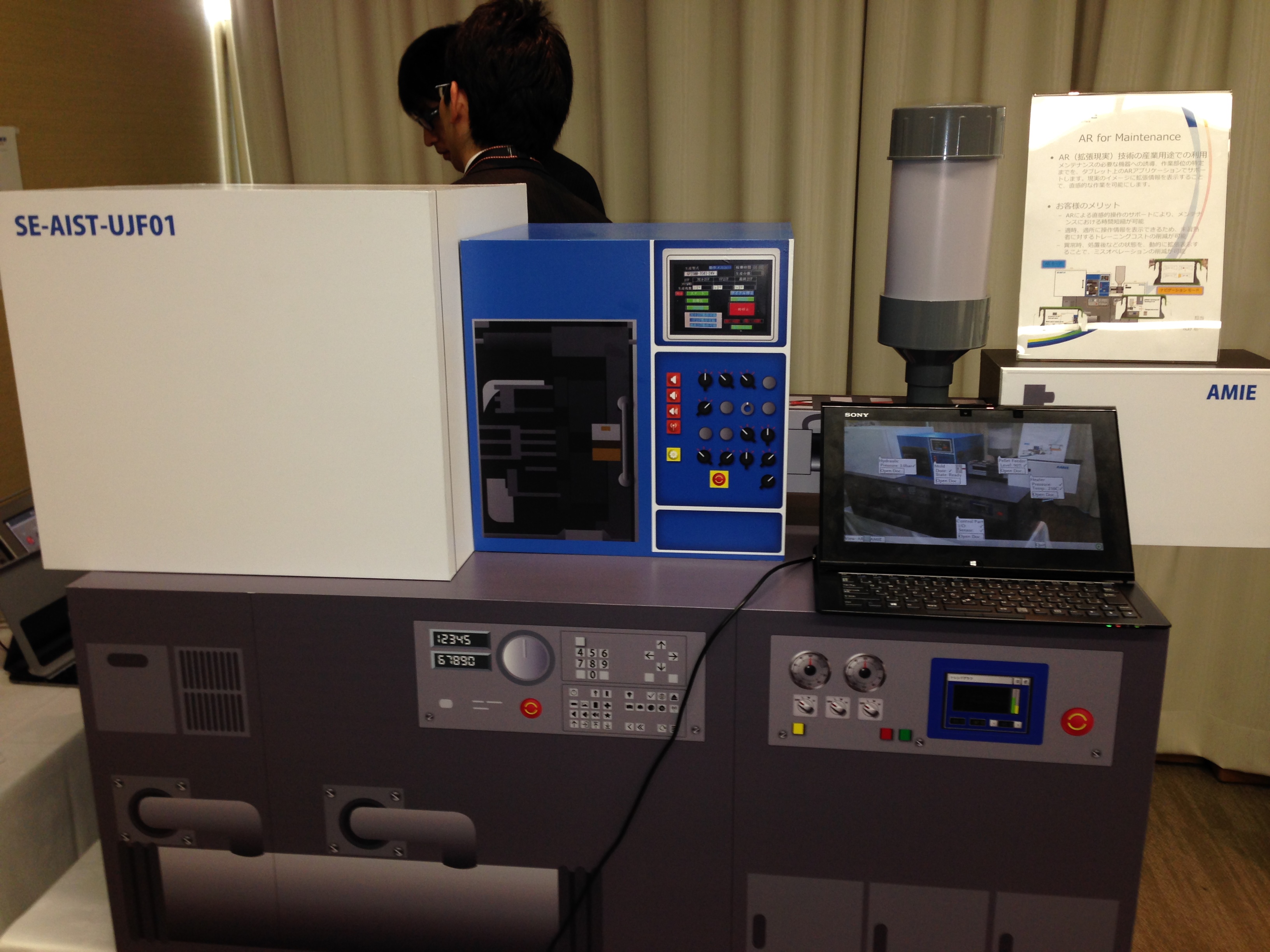Augmented Mobile Interactive Experience: Application to Maintenance Services
The AMIE project opens a vast new research agenda for mobile Augmented Reality (AR) by making it interactive: Instead of only focusing on superimposing graphics on the real world, we aim at making the real world interactive by defining contextual reusable widgets attached to real objects and places. We introduce the term AR widget as a central concept of the AMIE project. The goal is to define reusable software building blocks for interactive AR. We base our approach on widgets (by analogy with Graphical User Interface) as elementary objects that take part in AR interaction. Instead of superimposing graphics on the real world, we aim at augmenting the physical world with widgets. Such widgets will be linked to the real world and will be manipulated by the users. As for Graphical User Interface (GUI) (e.g., the contextual menu attached to a selected graphical object), we will define AR contextual widget attached to a physical object. Moreover some AR widgets will be specifically designed for synchronous or asynchronous collaborative aspects (e.g., a telepointer for a distant expert). To do so the project is multidisciplinary including two complementary academic teams, one team dedicated to Sensor-Data fusion techniques for Localization/Registration and one team to Human-Computer Interaction (HCI). As a starting point towards the definition of a toolkit for mobile collaborative AR, we adopt an iterative user-centred design approach in order to design and develop usable interactive and collaborative techniques. To do so we consider maintenance/machine operators in production plants, a domain represented by two industrial partners, DIGITAL Electronics and SCHNEIDER. AMIE therefore focuses on mobile and collaborative AR systems for operators in a production plant in which augmentation occurs through available knowledge of where the operator is and what the other users (operators, experts) are doing. From the first set of interactive techniques designed, developed and experimentally tested in the context of maintenance services in production plants, we will generalize the techniques in order to define AR widgets (e.g., a menu, a panel, a telepointer) as part of reusable building blocks of a toolkit.
Demonstration stand at Schneider Electric CIC (Customer Interest Check) event
Tokyo-November 2013

Demonstration at the conference ISMAR 2012
Demonstration at the conference
ISMAR 2011

AMIE is an international cooperative research project supported:
Contact the coordinators: Takeshi Kurata and Laurence Nigay

